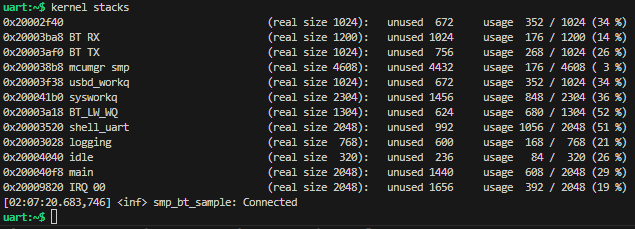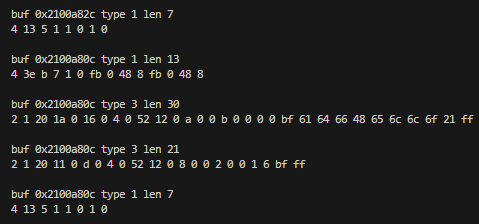Hello,
I have tested the smp_svr with hci_rpmsg Bluetooth OTA feature and I have successfully uploaded the firmware which worked with the old device manager Android app. I would like to use 2 nrf5340 with ESB protocol. What would be a good starting point do I use the hci_rpmsg existing code and enable ESB and configure it as such or is it better to use bootloader UART code? I am a bit stuck as the hci_rpmsg sample code is dependent on bluetooth defines and ESB and bluetooth give an error message when both are enabled. So if you could give me some guidance on the right decision and how I should handle the problem. Thank you
I am using:
2x NRF5340 DK
nRF Connect for desktop v4.1.2
nRF Connect SDK v2.4.0




